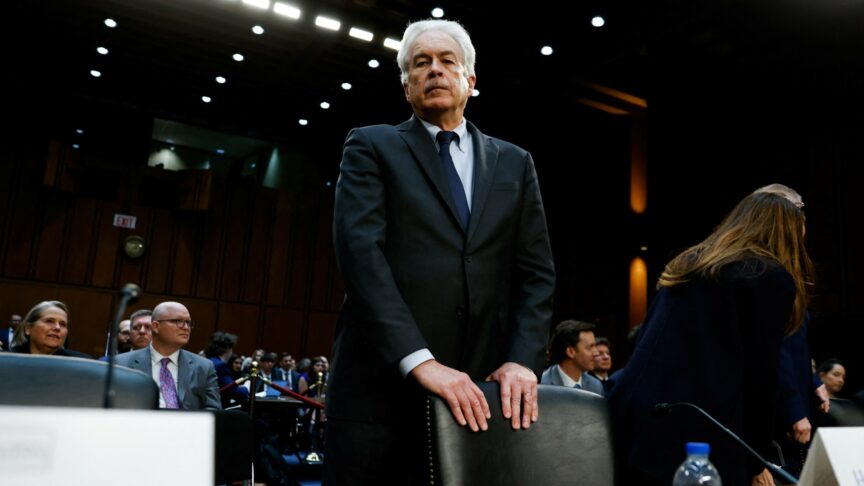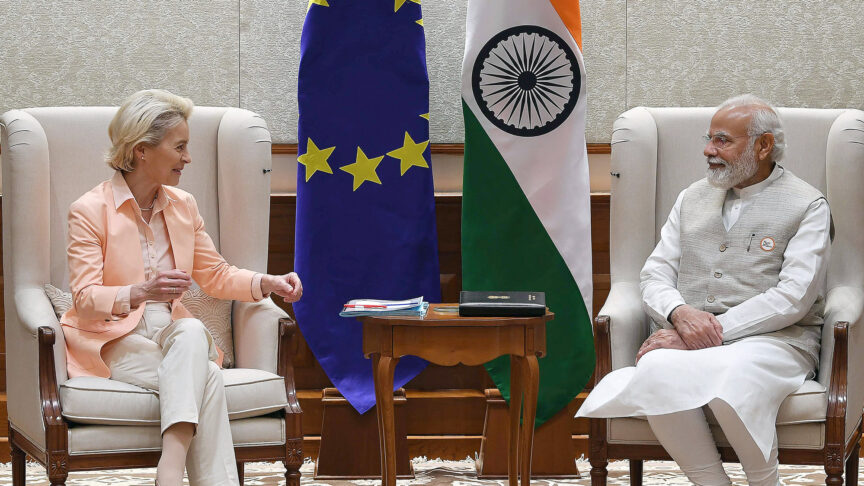Managing Europe’s external borders
At present, the responsibility for protecting the external borders of the European Union rests squarely on the frontline states, namely Spain, Italy, Malta, and Greece. EU border agency FRONTEX, which has been in existence since 2004, was designed for intelligence gathering and risk analysis, and its regulations explicitly state that the responsibility for control and surveillance of the external border lies with the member states. However, the establishment of a joint European border and coast guard has always been a possibility within the framework of the Lisbon Treaty, which calls for the gradual introduction of an integrated management system for the external borders.
The key question facing the EU on external border management is what sort of governance structure should cover the Schengen area’s external borders, and whether it would follow the model of an integrated force or that of a network of national border forces. In December 2015, the European Commission proposed moving ahead with an integrated force, revamping FRONTEX and expanding its mandate to transform it into a European Border and Coast Guard. This was the result of growing refugee and migrant arrivals and escalating loss of life in the Mediterranean through 2014 and 2015, contributing to an increasing impression that the external borders were unprotected and the situation on the EU’s sea borders unmanageable.
The Commission’s proposal included:
- An increase in the agency’s permanent staff to 1,000 from about 400 today, and in its budget to €322 million by 2020, from €143 million in 2015.
- Strengthening the agency’s ability to carry out deportations and assess migration risks. This would involve setting up a new Returns Office that is responsible for deporting those whose asylum applications are rejected, and increasing the number of experts responsible for identification and registration of new arrivals. However, returns depend on cooperation with third countries and often on readmission agreements that fall outside the scope of a Border Guard.
- The development of a new model of European travel documents to enable countries of origin to accept them; a European laissez-passé.
- The creation of new Rapid Border Intervention Teams (RABIT), which could be deployed within three days and would be able (in theory) to bypass member states that refuse to make the suggested improvements to their border areas, or that are faced with an unprecedented influx of arrivals and are deemed to fall short of the mark. This team will draw from a pool of around 1,500 personnel placed on standby, while still working for national border forces in the Schengen area.
The proposed creation of a European Border and Coastguard force has important implications, as it is a responsibility-sharing mechanism for the external borders. It entails some loss of sovereignty, as member states will have to deploy the same mechanisms, procedures and methods, limiting their independence on border control. It also requires member states geographically removed from the external borders to commit more resources – human and financial – than ever before, which will likely come out of their national budgets. There is also a question of whether the European Commission would take charge in case of lack of cooperation by a member state.
Member states have responded slowly to FRONTEX calls for staff and equipment, often citing bureaucracy, limited personnel numbers, and budgets. It is perhaps more realistic in the current climate to expect a mechanism to be put in place under which some countries commit personnel and others commit funding to the Border Guard.
Even if the resources are committed, the current proposal is unlikely to pass in its present form because it controversially grants the Commission power to appoint a mission to a frontline member state without its agreement. It cuts to the heart of the issue – who governs the external borders: member states or a supranational force that represents all member states? Even if the proposal passes as is through qualified majority vote, this power would not be enforceable against member states that object to the EC taking charge. Realistically, even if such a force was deployed without the authorisation of a member state, it would not achieve much. How would registration, screening and returns take place without access to national services, systems and personnel? An alternative method of imposing penalties on member states that fail to either address the recommendations of the European Border Guard or refuse assistance would likely be better received and would provide incentives for cooperation.
The proposal does not address the accountability of border guard as regards human rights violations. Along with a complaint process, remedies need to be in place to ensure that agents who breach fundamental rights are held accountable by an independent authority. FRONTEX has for years managed to evade responsibility by virtue of the lack of independent control over its operations. The Border Guard should therefore have a management structure that acknowledges that it is accountable not only to the member states it represents, but also to the legal framework it operates within and sets up an appeals and complaints procedure accordingly.
It is likely that FRONTEX will push for access to the EURODAC and Schengen Information System (SIS II) databases – which contain information on border crossers and law enforcement matters, respectively – as it transforms into the new European Border and Coast Guard. This has been a longstanding demand of the agency, which argues that without access to these databases it is hampered in its ability to collaborate with EU law enforcement agency EUROPOL and to effectively screen individuals that could threaten the security of member states. Access to these databases will increase the need for accountability, and will push the European Border and Coast Guard further into the domain of intelligence gathering and risk assessment.
Despite these obstacles and concerns, the creation of a European Border and Coast Guard is a positive development, as it constitutes a practical burden-sharing mechanism that moves the EU closer to embracing the notion of common external borders and a common border management system. Like all such proposals, however, it depends on the willingness of member states to implement it. The gradual roll-out of various border instruments – such as the European external border surveillance system (EUROSUR), which aims to increase member states reaction capability, and the Smart Border package, which focuses on identifying those who overstay their visas – means that a new governance structure is now essential to ensure deployment, monitoring and effective implementation.
Given the challenges around implementing these proposals, it is unlikely that there will be immediate positive effects in terms of border management. In order to cope with the likely inflows over the coming years, the EU needs to break down its responses to different groups of arrivals. The top source countries for arrivals to the EU in 2015 were Syria, Afghanistan, Kosovo, Iraq, Albania, Pakistan, Eritrea, Nigeria, Serbia, and Ukraine. The push factors in these countries are different, and European policy on accepting arrivals from these countries varies from state to state. Ultimately, effective border management will require both an EU-wide agreement on the eligibility of those from certain countries of origin to remain in the EU, and a re-conceptualisation of border management to take the pressure off the EU’s southeastern sea borders, which are difficult to police and patrol as they include many islands.
A policy package to achieve this would need to create new options for refugees to seek asylum in the EU without having to present themselves at the EU’s geographical borders. This might include:
- A significant increase in the numbers being resettled from camps outside Europe so that refugees try this avenue rather than taking their chances on the journey.
- Opening up the possibility of air travel. This could include the issuing of limited territorial validity short-stay visas and/or national long-stay visas, which 16 member states have made provision for in their legal frameworks but have rarely been used. Apart from the humanitarian advantage, as this is much safer than the overland and sea routes managed by people smugglers, it would also move the arrival pressure points to the EU’s airports, which have more facilities (which would also need to be scaled up) for processing arrivals. The challenge now is that much of the arrivals pressure is on the EU’s most vulnerable border points – Greek islands, Italian beaches, Balkan land crossings.
- In order to avoid creating an unmanageable pull factor, the option of air travel would need to be combined with increased overseas processing – and cooperation between Schengen states. This would require changing the Dublin requirement that refugees must arrive on EU soil to make an asylum claim, and would also likely involve the authorisation of one or more member state embassies in the Middle East region or a European External Action Service (EEAS) delegation to process asylum requests.
The European Council on Foreign Relations does not take collective positions. ECFR publications only represent the views of their individual authors.


